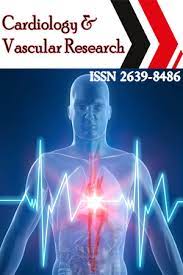Consciousness, The Human Heart and The Global Energetic Field Environment
Categorieën
Steekwoorden
Categorieën
Steekwoorden
- Toon alle
- ADHD
- Angst/Paniek
- Bloeddruk
- Burnout
- Chronische pijn
- Cognitieve functie
- Cortisol/DHEA
- Dementie
- Depressie
- Diabetes
- Global Coherence
- Hart- & Vaatziekten
- Intuitie & Bewustzijn
- Kanker
- Kinderen/jeugd
- Kosten
- Leiderschap
- Meditatie/Mindfulness
- Metabool syndroom
- Obesitas/eetstoornis
- PTSS
- Schizofrenie
- Slaap & vermoeidheid
- Social Coherence
- Stress
- Veerkracht
- Wetenschap HRV & Coherentie
- Zwangerschap
Consciousness, The Human Heart and The Global Energetic Field Environment

The Global Coherence Initiative (GCI) is a science-based, international effort that conducts research on interactions between humans and the Earth’s magnetic field environment as well as collective intention on promoting peace, and harmony.In order to carry out one aspect of the interconnectedness research, GCI has created a Global Coherence Monitoring System (GCMS), which is comprised of a network of six magnetometers specifically designed to measure geomagnetic and resonant frequencies in Earth’s magnetic fields, such as Schumann resonances, Alven waves and other field-line resonances.The finding from this line of research suggests that global collective behaviors and numerous human physiological rhythms are affected by and in some cases synchronized with solar and geomagnetic activity. Additionally, we discuss why the majority of research conducted thus far has focused on how disruptions in the earth’s magnetic fields are associated with adverse effects on health and behaviors. However, it is important to note, that solar and geomagnetic activity can also have a positive impact on human physiology and health.Furthermore, we believe there is an even more fundamental and important aspect of the earth’s magnetic fields that can be utilized to help lift human consciousness. We propose that the earth’s magnetic fields provide a plausible mechanism that interconnects and non-locally distributes information to all living systems on our planet. We review several independent lines of research that support the hypothesis that the earth’s magnetic fields can act as a carrier of and encoded by physiologically patterned and relevant information. The four primary hypotheses of the GCI are articulated and the existing theoretical and experimental support for each hypothesis is discussed.
Download het volledige artikel, klik hier